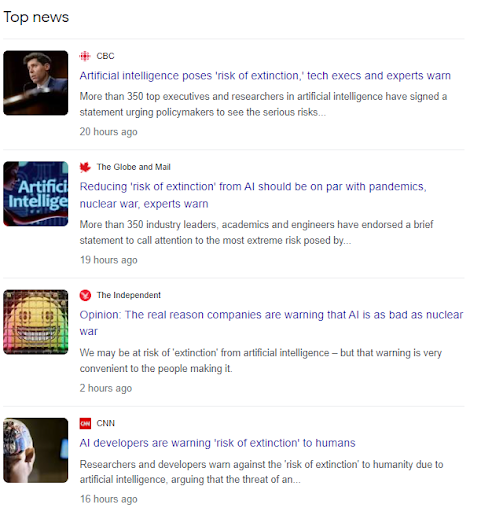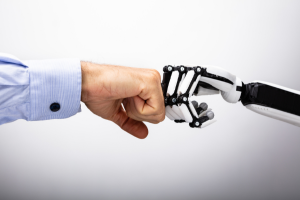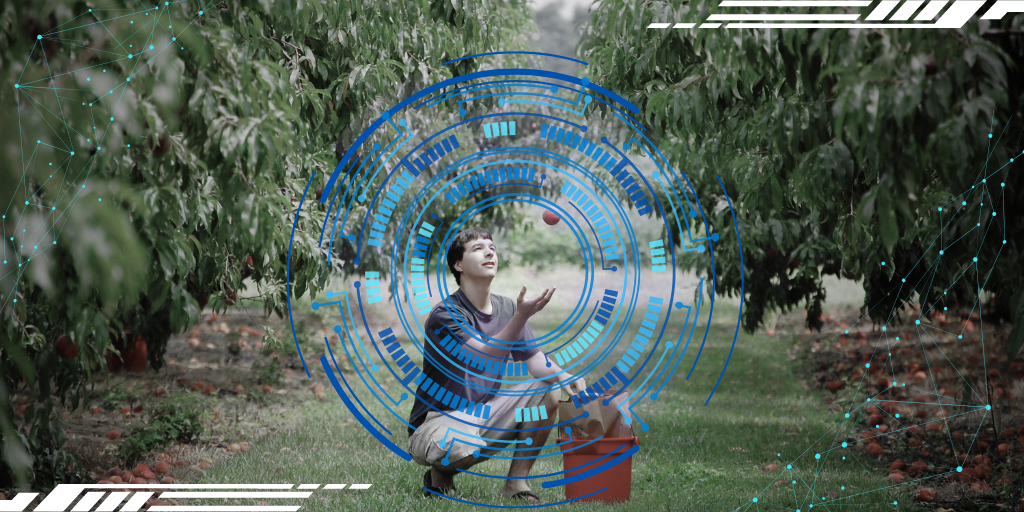There is a lot of anxiety in the media right now about the future of artificial intelligence: Will AI steal our jobs, copy our artwork, plagiarize our writing? Just this week, the dangers of artificial intelligence, the existential threat it could represent, the extinction level risk that could be on par with climate change, nuclear war and the Matrix - the articles are rising to the top of the Google ranks faster than many of us human bloggers can keep up.
It is natural that with rapidly changing technology comes uncertainty about the future. In the realm of agriculture, artificial intelligence is emerging as a transformative tool that, ideally, amplifies the capabilities of human workers rather than replacing them. It may seem obvious, but the fact is key differences exist between humans and AI that cannot be ignored, and the idea of one fully supplanting the other is, at this stage at least, an ineffective use of both.
The right tools for the job
Artificial intelligence excels at processing large datasets, performing repetitive tasks, and detecting patterns. On the other hand, human workers possess industry expertise, contextual understanding, and adaptability.
In agriculture, AI has the power to bring standardization to a number of processes. AI-driven systems can play a vital role in reducing subjectivity and improving consistency in quality tests. By analyzing large amounts of data, AI algorithms can learn and identify patterns that human workers may overlook. This objective analysis enhances decision-making, allowing farmers to optimize the allocation of resources.

AI in the field:
In the following use cases, rather than replacing human labor, AI acts as a collaborative tool, augmenting the capabilities of workers and providing them with advanced tools and insights to succeed in challenging aspects of their jobs.
Quality control:
AI-powered tests bring confidence, consistency, and improved fruit quality to the agricultural landscape by reducing subjectivity. AI-driven fruit quality control systems, leveraging advanced computer vision and machine learning algorithms, empower farmers with precise and consistent results. Human workers then bring their experience and knowledge to interpret the results, make informed judgments, and ensure the overall integrity of the grading process. This collaborative approach ensures consistent and reliable quality assessments across large-scale operations.
Harvest Quality Vision
Harvest Quality Vision (HQV) Croptracker's portable proprietary AI technology is the latest in instant quality assurance for fruits and vegetables. With a simple scan from a mobile device, HQV can instantly assess size, color, and quantity with accuracy suited for grading. Harvest Quality Vision is a prime example of AI assisting workers in the industry, providing growers with a larger sample size and a more accurate understanding of their harvested inventory.
There’s no “AI” in team?
The collaboration between AI and human workers in agriculture represents a powerful combination that can significantly enhance the work done by human workers. By leveraging AI's computational capabilities and automating repetitive tasks, human workers can focus their expertise and efforts on tasks that require nuanced judgment, decision-making, and strategic thinking.

It is essential to understand that AI is not a static solution but a dynamic tool that learns and adapts over time. Machine learning systems continuously analyze data and learn from new examples, improving their accuracy and adapting to evolving challenges. In this dynamic process, human workers play a crucial role by providing feedback, verifying results, and refining algorithms. This collaborative feedback loop enhances the performance of AI grading systems, ensuring that they remain up-to-date and aligned with the unique context and requirements of farms and orchards.
AI am what AI am
AI is by nature, reflective. Trained on data from the past, capable only of reflecting the data it has been provided for the future. The quality of data, the bias in training and feedback, the leading nature of the questions we ask it, these human issues shape the networks we create. In agriculture, AI has the potential to ease the load on human workers and growers struggling to keep up with increasing global demand.
While the media may amplify concerns about the future of artificial intelligence, particularly in relation to its potential to replace human workers, it is important to recognize that AI is not designed to supplant humans entirely. In agriculture, AI serves as a transformative tool that complements and amplifies the capabilities of human workers rather than rendering them obsolete.
Croptracker develops agtech solutions for industry leaders. Located in Eastern Ontario, Canada, our mission is to make crop production safer, more efficient, and more profitable. Designed in partnership with fresh market producers and distributors, every tool we create is based on direct industry feedback.
Interested in learning more about Croptracker? Learn more about our Farm Management Software, or book a demonstration to schedule a meeting with our product experts.


